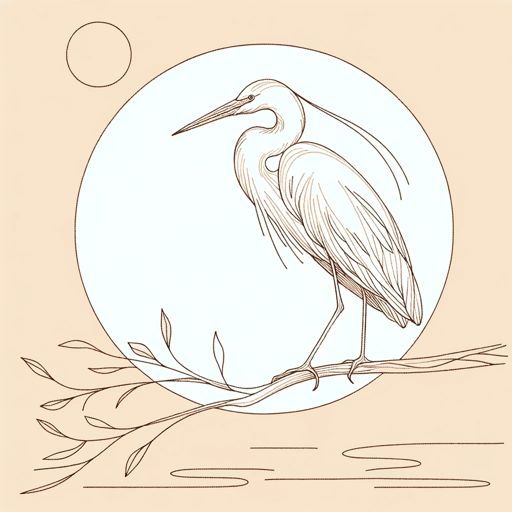32 pages • 1 hour read
Sarah Orne JewettA White Heron
Fiction | Short Story | Adult | Published in 1886A modern alternative to SparkNotes and CliffsNotes, SuperSummary offers high-quality Study Guides with detailed chapter summaries and analysis of major themes, characters, and more.
Background
Authorial Context: Sarah Orne Jewett
Sarah Orne Jewett (1849-1909) was born in South Berwick, Maine, where she lived her entire life. She was a foundational figure in American literary regionalism, a style that emphasizes setting and specific place-based features, such as customs, history, dialect, and landscape. Her writing is sometimes categorized as Romantic as it centers on nature and common people, idealizes women, and embraces emotion, isolation, and melancholy. “A White Heron” is one of her many works of regional color with ecological themes, though it is more fantastical than her typical realism, particularly when Sylvia hears the pine tree speak to her.
As a girl, Jewett developed rheumatoid arthritis. Her father, a doctor, suggested frequent walks to ease pain, swelling, and stiffness. These recurring walks not only helped Jewett’s mobility but also instilled in her a love of nature. Jewett’s adoration of the natural world, particularly Maine’s seaside, is evident in stories like “A White Heron” and her most acclaimed novel The Country of the Pointed Firs.
Educated at Berwick Academy, Jewett graduated in 1866. In 1868, at age 19, she published her first story, “Jenny Garrow’s Lovers,” in the Atlantic Monthly.


